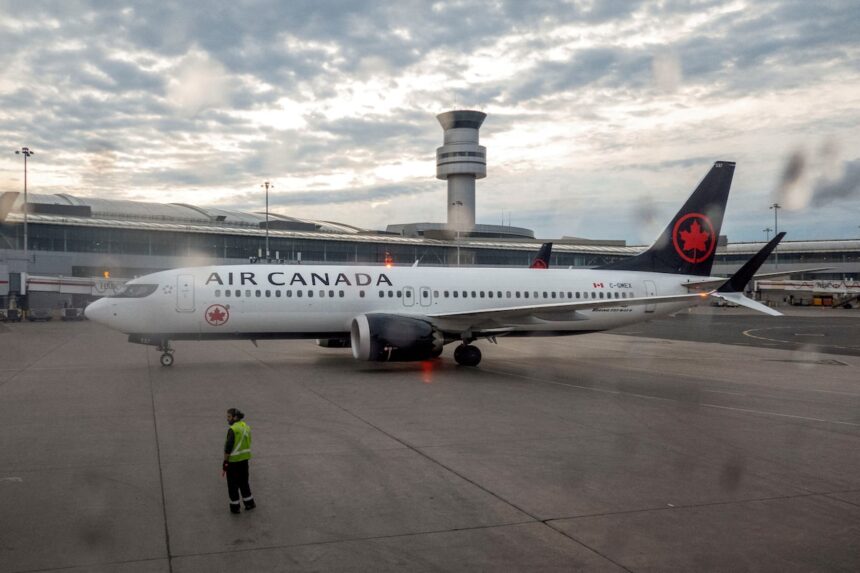In a striking display of labor solidarity, Air Canada flight attendants took to the picket lines at four major Canadian airports Thursday, escalating their ongoing contract dispute with the nation’s largest airline. The demonstrations—unfolding simultaneously at Toronto’s Pearson International, Montreal’s Trudeau, Vancouver International, and Calgary International airports—mark a significant intensification in what has become one of Canada’s most closely watched labor conflicts of 2024.
“We’re not just fighting for better wages, we’re fighting for respect and recognition of the increasingly demanding nature of our profession,” said Melissa Chen, a 15-year veteran flight attendant participating in the Toronto demonstration. “The pandemic fundamentally changed our working conditions, yet compensation hasn’t kept pace with these new challenges.”
The Canadian Union of Public Employees (CUPE), representing approximately 9,500 Air Canada flight attendants, initiated the job action after months of increasingly tense negotiations failed to produce an agreement. Union representatives cite stagnant wages amid soaring inflation, unpredictable scheduling practices, and inadequate rest periods as core issues driving the dispute.
Air Canada has maintained operations throughout the initial phases of the labor action, though industry analysts from CO24 Business warn that prolonged disruption could significantly impact the carrier’s recovery from pandemic-related financial challenges. The airline reported stronger-than-expected earnings in the first quarter of 2024, but these gains could be jeopardized by potential service disruptions.
“This is happening at a particularly vulnerable moment for Canada’s aviation sector,” explains Dr. Raymond Williams, aviation industry specialist at the University of Toronto. “Summer travel season is approaching, and any major disruption could send passengers looking to competing carriers, potentially causing lasting damage to Air Canada’s market position.”
Transport Minister Pablo Rodriguez has urged both parties to reach a resolution, emphasizing the critical importance of a stable aviation sector to Canada’s economic recovery. “While we respect the collective bargaining process, the government is monitoring the situation closely given the essential nature of air travel to our national infrastructure,” Rodriguez stated at a press conference in Ottawa yesterday.
The picket lines have garnered significant public attention, with passenger reactions mixed. Some travelers expressed frustration over potential disruptions, while others voiced support for the flight attendants’ cause. Social media has been flooded with images of picketing workers, many sharing personal stories of workplace challenges that have intensified since the pandemic.
Flight attendants report that increased passenger aggression, expanded cleaning responsibilities, and heightened health protocols have substantially transformed their role without corresponding compensation adjustments. “We’re first responders, health monitors, security personnel, and customer service representatives all in one,” explained Carlos Mendoza, a Montreal-based flight attendant with eight years of service. “The company needs to recognize these expanded responsibilities in our compensation package.”
Air Canada has issued statements emphasizing its commitment to the negotiation process while reassuring passengers about contingency plans to minimize service disruptions. However, industry experts from CO24 News caution that if the dispute escalates to a full strike, the airline would face significant operational challenges.
Labor observers note that this conflict reflects broader tensions in Canada’s post-pandemic employment landscape, where workers across multiple sectors are demanding improved conditions amid rising living costs. The flight attendants’ job action follows similar labor disputes in healthcare, education, and public transportation throughout 2023 and early 2024.
As both sides return to the bargaining table this weekend, the question remains: will this high-profile labor dispute serve as a watershed moment for how essential service workers are valued in Canada’s evolving economy, or will economic pressures force compromise that leaves fundamental workplace issues unresolved?










